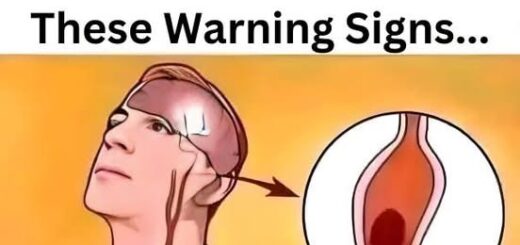Clogged arteries are a dangerous health problem. Catching it early can save your life. Here are 10 signs your arteries are blocked.
Clogged arteries are a dangerous health problem that can lead to heart attacks, strokes, and other cardiovascular issues. Catching the condition early may be lifesaving. Understanding the warning signs and knowing when to seek medical advice is critical. Below are 10 signs that your arteries may be blocked:
1. Chest Pain or Angina
One of the most common symptoms of blocked arteries is chest pain, often described as pressure, tightness, or squeezing. This occurs when the heart muscle doesn’t receive enough oxygen-rich blood, especially during physical exertion or stress.
2. Shortness of Breath
If you find yourself getting winded during activities that didn’t previously cause any trouble, it could be a sign that your arteries are narrowed, reducing blood flow to your heart and lungs.
3. Fatigue
A persistent feeling of fatigue, even after adequate rest, can signal that your heart is struggling to pump blood effectively due to blockages. Reduced blood flow means less oxygen for your body’s cells, leading to overall tiredness.
4. Pain in the Legs or Calves
Blocked arteries don’t only affect the heart. Peripheral artery disease (PAD) can cause leg or calf pain during walking or exercise, a symptom known as intermittent claudication. This pain usually subsides with rest.
5. Dizziness or Lightheadedness
If blood flow to your brain is compromised, you might experience episodes of dizziness or lightheadedness. These symptoms can occur during physical activity or even while at rest.
6. Numbness or Weakness
Blockages can lead to reduced circulation in the arms or legs, resulting in numbness or weakness. This may be more noticeable in one limb than the other, depending on the location of the blockage.
7. Irregular Heartbeat
An irregular heartbeat, or arrhythmia, can occur if the heart’s electrical signals are affected by reduced oxygen levels. This may manifest as palpitations or a fluttering sensation in your chest.
8. Swelling in the Legs, Ankles, or Feet
When the heart’s pumping ability is compromised, fluid can build up in the lower extremities, leading to swelling. This is often a sign of heart failure, which can be linked to chronic arterial blockages.
9. High Blood Pressure
Persistently high blood pressure can both contribute to and result from clogged arteries. Over time, the strain on your arteries may lead to further narrowing, compounding cardiovascular risk.
10. Unexplained Excessive Sweating
Excessive sweating, particularly when it occurs during periods of minimal exertion or even at rest, can be a sign of heart distress. This symptom is often overlooked but can be a clue that your heart is working harder due to narrowed arteries.


